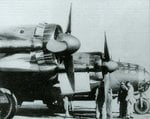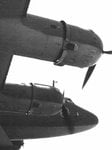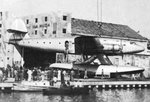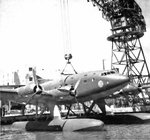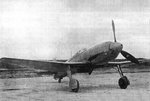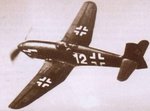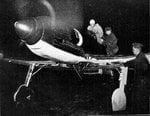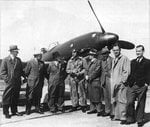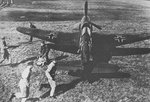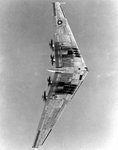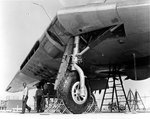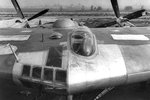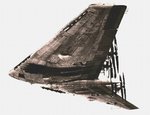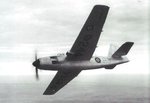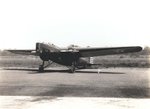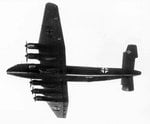- Thread starter
- #121
The origin of the Me 264 design came from Messerschmitt's long-range reconnaissance aircraft project, the P.1061, of the late 1930s. A variant on the P.1061 was the P.1062 of which three prototypes were built, with only two "engines" to the P.1061's four, but they were, in fact, the more powerful Daimler-Benz DB 606s, each comprising a pair of DB 601 inverted V-12 engines, themselves derided by Reichsmarschall Hermann Goering as "welded-together engines" in August 1942. In early 1941, six P.1061 prototypes were ordered from Messerschmitt, under the designation Me 264. This was later reduced to three prototypes.
The progress of these projects was initially slow, but after Germany had declared war on the United States, the Reichsluftfahrtministerium (RLM) started a more serious programme for a very long range bomber, with the result that a larger, six-engine aircraft with a greater bomb load was called for. To meet this demand, proposals were put forward for the Junkers Ju 390, Focke-Wulf Ta 400 and a six-engine Messerschmitt Me 264B. As the Junkers Ju 390 could use components already in use for the Ju 290 this design was chosen. The Me 264 was not abandoned however as the Kriegsmarine (German Navy) separately demanded a long-range maritime patrol and attack aircraft to replace the converted Fw 200 Condor in this role. As a result, the two pending prototypes were ordered to be completed as development prototypes for the Me 264A ultra long-range reconnaissance aircraft.
The progress of these projects was initially slow, but after Germany had declared war on the United States, the Reichsluftfahrtministerium (RLM) started a more serious programme for a very long range bomber, with the result that a larger, six-engine aircraft with a greater bomb load was called for. To meet this demand, proposals were put forward for the Junkers Ju 390, Focke-Wulf Ta 400 and a six-engine Messerschmitt Me 264B. As the Junkers Ju 390 could use components already in use for the Ju 290 this design was chosen. The Me 264 was not abandoned however as the Kriegsmarine (German Navy) separately demanded a long-range maritime patrol and attack aircraft to replace the converted Fw 200 Condor in this role. As a result, the two pending prototypes were ordered to be completed as development prototypes for the Me 264A ultra long-range reconnaissance aircraft.

